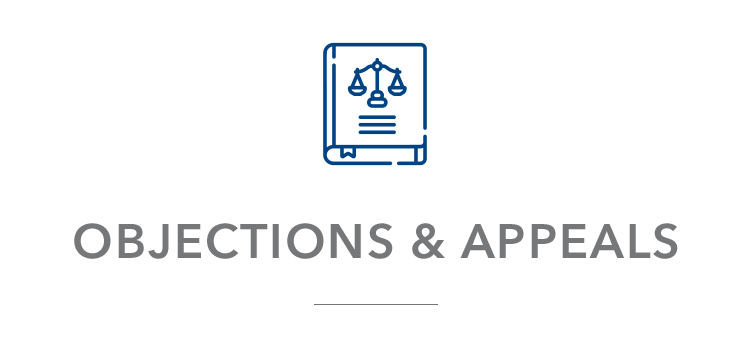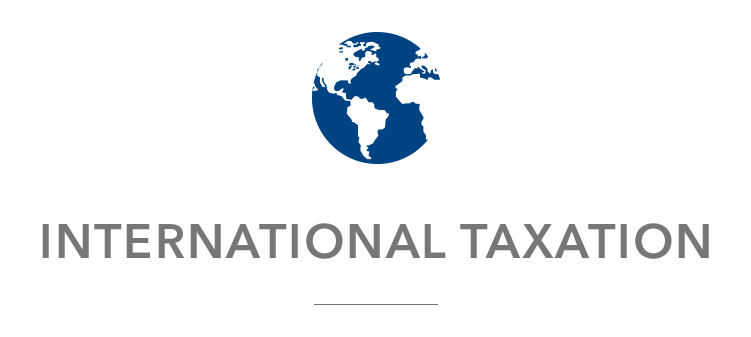Annual Contribution Return for Private Household (Domestic service) Employers
Following amendments brought under the Business Facilitation Act 2017, the MRA has been entrusted with the function of collection of contributions/payments to the National Pension Fund (NPF), National savings Fund (NSF), HRDC Training Levy and Recycling Fee. As from 01 September 2020, the Contribution Sociale Généralisée (CSG) replaces the National Pensions Fund (NPF).
As from September 2021 under The Social Contribution and Social Benefits Act 2021, social contributions shall apply on end of year bonus prescribed under an enactment. The social contributions payable on end of year bonus shall be computed separately from the contributions payable on the monthly basic wage/salary. The social contribution on end of year bonus shall be calculated on the basic wage/salary component only (excluding any allowance, commission, productivity payment etc).
Household employers have the option to submit return either on a monthly basis or an annual basis.
Where the household employer opts to submit an annual return, he has up to 15 October to submit the annual return and effect payment.
With a view to facilitate employers, the MRA has put in place a system for e-Filing of annual Contribution return (Social Contribution (CSG) / NSF) so that as from July 2022, where an employer has furnished any monthly return in an income year ( period July to June) , he may submit an annual return for the remaining months in that income year.
Household employers are required to use ONLY the Direct Debit facility put in place by the MRA to pay their contributions directly from their bank account. To avail of this facility, household employers should fill-in a PLACH Direct Debit Mandate form downloadable from the MRA website and return the completed form, duly signed by the authorised signatories, so that it reaches the MRA at least 15 days before the due date for payment.
Household employers should include the details of ALL their employees in the return.
As from the financial year ended 30 June 2021
Click here to file your Annual Contribution Return
E-Filing Service Centres
Click here to file Contribution return on behalf of a taxpayer
Prerequisites
Before you start, ensure that you have your User ID (ERN), your password and the details of your employees.
Household employers are required to ensure that the NID of their employees are properly inserted in the return. Where the employee is not a Mauritian Citizen, the ID issued by the Passport and Immigration Office (NCID) should be inserted. Household employers should also ensure that the names of the employees are inserted exactly as they are shown on the National ID / NCID card of the employee.
Modes of Payment
Direct Debit
Employers are required to use the Direct Debit facility to pay their NPF/NSF contributions directly from their bank account.
Employers should fill-in a PLACH Direct Debit Mandate Form available here or at MRA Customer Service Counter and send it to MRA Head Office before the due date for filing the return for onward processing to your bank. The form duly filled-in, and signed by authorised signatories, should reach the MRA at least 15 days before the due date for payment.
Support services
MRA help-desk is available on 207 6000 during office hours, from 08 45 to 16 30 on working days, to assist employers to file their Annual Contribution Return.
For period prior to financial year ended 30 June 2021
Click here to file your Annual Contribution Return
E-Filing Service Centres
Click here to file Contribution return on behalf of a taxpayer

The MRA e-Services overview is an easy-to-use web portal which provides a single point of entry for simple and convenient filing of tax returns.
File and Pay
Betting
Scheme 2025
Make Payment
e-Appointment Platform
Financial Assistance
Financial Assistance - Prime à L'Emploi
Password Management
 Corporate (Excluding Global Businesses and Non-Resident Companies)
Corporate (Excluding Global Businesses and Non-Resident Companies)
Application for Tax Residence Certificates (TRC)
Communiqué :  Other practical issues (06.01.22)
Other practical issues (06.01.22)
Statement of Information to be submitted by a VAT exempt body or person
Introduction
In accordance with the Ninth Schedule to the VAT Act, exempt bodies or persons are exempted from payment of VAT in respect of specified goods and services.
An exempt body or person is required by MRA to submit a Statement of Information on a monthly/quarterly basis of the supplies made to him and on which exemptions have been granted, stating the name of the supplier, description of the goods/services supplied, BRN of supplier, value of the supplies and amount of VAT exempted.
Submission of the Statement of Information
The MRA has implemented an electronic system with a view to facilitate the submission of the Statement of Information. The file containing the required information can be submitted on the e-filing facilities put in place by the MRA manually or by uploading a CSV file. In order to access this e-filing platform, the exempt person should use his existing credentials i.e Tax Account Number (TAN) and password.
Deadline for filing a Statement of Information by a VAT exempt body or person
The deadline for the submission of the Statement of Information for a particular month/quarter is on or before the end of the following month.
For example:
-
the Statement of Information for the month ending 31 October 2023 should be submitted by 30 November 2023.
-
the Statement of Information for the quarter ended of 30 September 2023 should be submitted by 31 October 2023
![]() Click here to file your Statement of Information
Click here to file your Statement of Information
General information
-
It is recommended to use a recent version of Google Chrome, Internet Explorer or Mozilla Firefox as browser to file the Statement of Information.
-
Please ensure that email address and telephone number are provided as they will be used by MRA to communicate with the exempt bodies or persons.
-
On successful submission of the statement of information, an acknowledgement ID will be displayed on your screen, followed by an email confirming same. If you have not received an acknowledgement ID, the submission is incomplete. Please ensure to correctly submit your Statement of Information.
e-Filing of Statement of Information by a VAT exempt body or person
Where the exempt body or person is using the CSV template to submit the monthly/quarterly return, the Statement of Information should be in the following CSV file format:
![]() Click here to file your Statement of Information
Click here to file your Statement of Information
Support services
In case you have any difficulty with the e-filing of a Statement of Information, kindly send an email to This email address is being protected from spambots. You need JavaScript enabled to view it. or contact us on 207 6000.
CSG Child Allowance - Rs 2,000 Monthly : July 2023 to June 2024
As announced in the Budget Speech 2023/2024, a monthly CSG Child Allowance of Rs 2,000 will be paid by the Government of the Republic of Mauritius to children aged up to three years for the months of July 2023 to June 2024.
The MRA has been entrusted with the responsibility to pay the allowance.
In order to benefit from the allowance, an eligible parent should submit an application electronically to the MRA in respect of an eligible child.
![]() Click here to submit an application for the CSG Child Allowance
Click here to submit an application for the CSG Child Allowance
Independence Allowance - Rs 20,000
Following the announcement made in the Budget Speech 2023/2024, a one-off allowance of Rs 20,000 will be paid by the Government of the Republic of Mauritius to eligible youths who have attained the age of 18 years on or after 01 January 2023.
The MRA has been entrusted with the responsibility to pay the Independence Allowance.
In order to benefit from the allowance, an application should be submitted electronically to the MRA and should include the National Identity Card number of the eligible youth.
![]() Click here to submit an application for the Independence Allowance
Click here to submit an application for the Independence Allowance
Return of Dividends
Return of Dividends relates to a return required to be submitted by companies which pay a dividend exceeding 100,000 rupees to an individual, société or succession in a year showing the following information:
-
the name and surname of every shareholder
-
the NIC number of every shareholder or, in the case of a non-citizen, the identification number issued to him by the immigration officer; and
-
the amount of dividend paid.
The file containing the required information can be uploaded on the e-filing facilities of the MRA as:
-
CSV file or
-
XML file
Details are available in the Notes to the return.
General information for Electronic Filing of Return of Dividends
Click on the links below to obtain the following documents:
Taxpayers are recommended to use either Google Chrome, Internet Explorer (version 10.0 or above) or Mozilla Firefox as browser to file their return.
-
Ensure that you have your login and password and all the required information before you start (you should use the same login and password provided to you for filing of Income Tax return).
-
When filing the return, please insert a valid email address and telephone number. MRA will communicate with you using these details.
Click here to file your Return of Dividends
E-Filing Service Centre
E-Filing Service Centres – Click here to file Return of Dividends on behalf of a taxpayer
Closing Date
The return should be filed electronically by Friday 15 August 2025 following an income year.
Support Services
For further information, you may call MRA Help Desk on 207 6000.






















